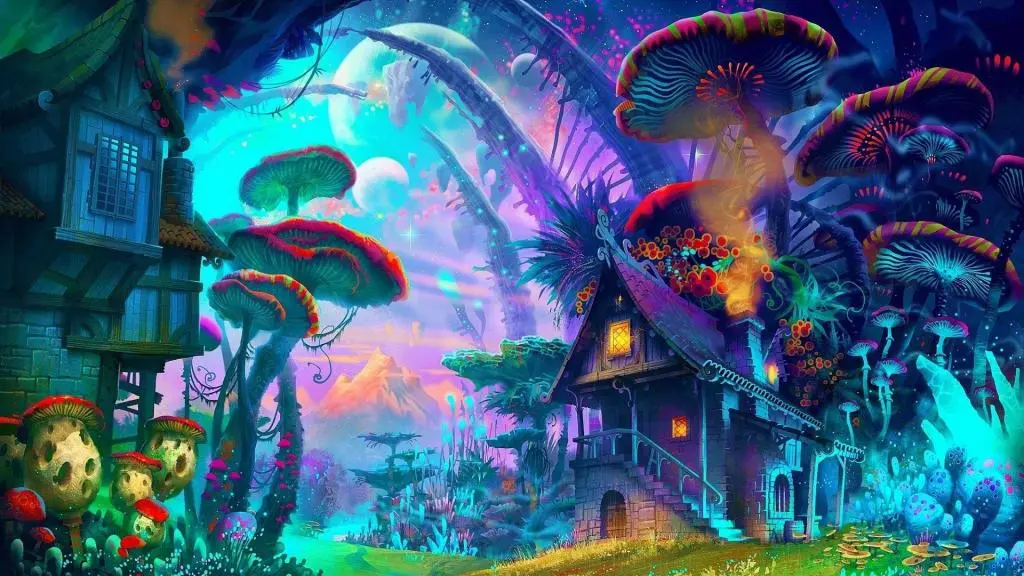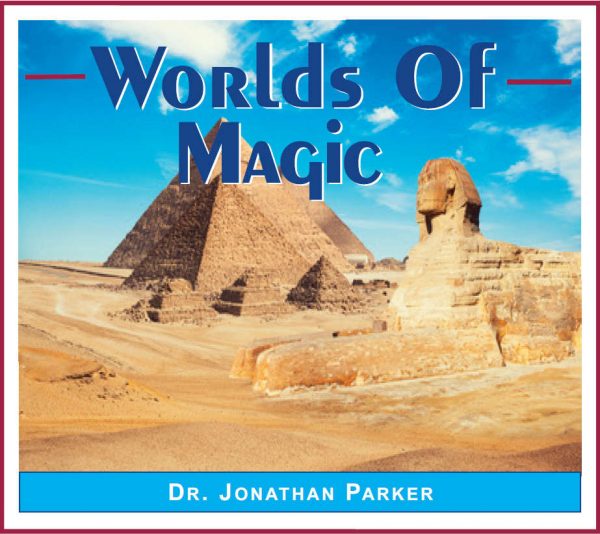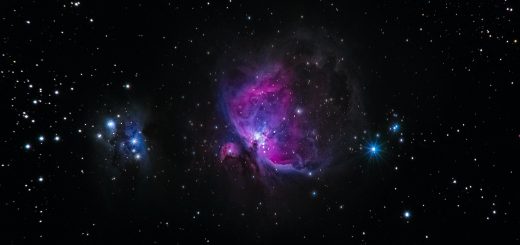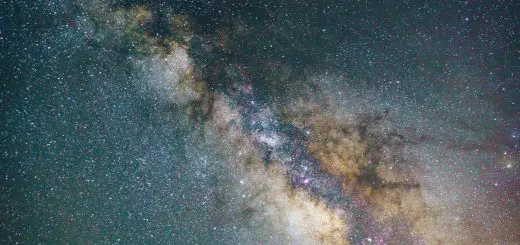The Rhombicuboctahedron: Meaning and Symbolism

Looking for more amazing products? Check out our online store and explore our collection here! Happy shopping!
Before diving in, please note: This post is for informational purposes only. If you’d like to know more about how we approach topics, feel free to check out our friendly Disclaimer Page.
Hey there, amazing readers! 
We’re committed to delivering quality posts, and your support (even just sticking around despite the ads) means everything to us. So, bear with us, and thanks for helping us keep the good vibes rolling. Now, on to the fun stuff!
TRANSLATE BUTTON AT THE END OF THE ARTICLE
A Quick Overview
The rhombicuboctahedron is a fascinating geometric shape that has intrigued mathematicians, architects, artists, and spiritual seekers for centuries.
This polyhedron is made up of 18 squares and 8 triangles, creating a total of 26 faces.
Its unique structure and symmetrical design have led to various interpretations and applications across different fields.
In this article, we will delve into the meaning, symbolism, history, mathematical significance, cultural relevance, and spiritual implications of the rhombicuboctahedron.
We will explore how this shape has been used in architecture, art, and design, and how it can be constructed.
Let’s unravel the secrets of the rhombicuboctahedron together.
Introduction to the Rhombicuboctahedron
The rhombicuboctahedron is a polyhedron with 26 faces, consisting of 18 square faces and 8 triangular faces.
It is classified as an Archimedean solid, named after the ancient Greek mathematician Archimedes.
The shape is derived from the rhombic dodecahedron by truncating its corners.
The rhombicuboctahedron is also known as the "small rhombicuboctahedron" to distinguish it from the "great rhombicuboctahedron," which has square faces that are twice the size of the squares in the smaller version.
History of the Rhombicuboctahedron
The rhombicuboctahedron has a rich history dating back to ancient times.
It was first described by Archimedes in his work on polyhedra, where he discussed the properties of various geometric shapes.
The shape has since been studied by numerous mathematicians and scholars, including Leonardo da Vinci and Johannes Kepler.
Its symmetrical design and precise angles have made it a subject of fascination and exploration throughout history.
Geometric Properties of the Rhombicuboctahedron
The rhombicuboctahedron has several unique geometric properties that set it apart from other polyhedra.
Some of these properties include:
It has 18 square faces and 8 triangular faces
The angles between the faces are all equal
The shape is symmetrical along three different axes
The rhombicuboctahedron is a dual of the cuboctahedron, meaning that the vertices of one shape correspond to the faces of the other
Mathematical Significance of the Rhombicuboctahedron
In mathematics, the rhombicuboctahedron plays a significant role in the study of polyhedra and geometry.
It is considered an Archimedean solid, which is a semi-regular convex polyhedron made up of two or more types of regular polygons.
The rhombicuboctahedron’s symmetrical design and precise angles make it an ideal shape for exploring mathematical concepts such as symmetry, volume, surface area, and Euler’s formula.
Applications of the Rhombicuboctahedron in Architecture
The rhombicuboctahedron has been used in architecture for centuries due to its unique shape and structural stability.
The shape’s symmetrical design and balanced proportions make it a popular choice for domes, pavilions, and other architectural features.
One of the most famous examples of the rhombicuboctahedron in architecture is Buckminster Fuller’s geodesic dome, which is based on the shape’s geometric principles.
Cultural Significance of the Rhombicuboctahedron
The rhombicuboctahedron has cultural significance in various societies and traditions around the world.
In some cultures, the shape is associated with balance, harmony, and perfection.
It has been used in religious ceremonies, rituals, and art as a symbol of unity and interconnectedness.
Understand the Powerful Law of Karma and Its Impact – Explore Here!
The shape’s geometric properties have inspired artists, architects, and designers to create works that reflect the beauty and complexity of the rhombicuboctahedron.
Symbolism of the Rhombicuboctahedron in Different Cultures
The rhombicuboctahedron holds different symbolic meanings in various cultures and belief systems.
In sacred geometry, the shape is often associated with the elements of earth, air, fire, and water, representing the interconnectedness of all things in the universe.
Some cultures view the rhombicuboctahedron as a symbol of balance, harmony, and spiritual enlightenment.
Its symmetrical design and precise angles have led to interpretations of unity, wholeness, and oneness in different cultural contexts.
Spiritual Meaning of the Rhombicuboctahedron
In spiritual traditions and esoteric teachings, the rhombicuboctahedron is seen as a powerful symbol of transformation and enlightenment.
The shape’s geometric properties are believed to resonate with the energy centers in the body, known as chakras, promoting balance and alignment.
Some spiritual practices use the rhombicuboctahedron as a tool for meditation, visualization, and energy healing, harnessing its unique energy to enhance spiritual growth and self-awareness.
The Rhombicuboctahedron in Art and Design
The rhombicuboctahedron has inspired artists and designers to create visually stunning works that showcase the shape’s beauty and complexity.
From sculptures and installations to jewelry and fashion, the rhombicuboctahedron has been used in a variety of artistic expressions.
Its symmetrical design, precise angles, and geometric patterns make it a versatile shape for creating intricate art pieces that captivate the imagination and evoke a sense of wonder.
How to Construct a Rhombicuboctahedron
Constructing a rhombicuboctahedron requires careful attention to detail and precision.
To build a rhombicuboctahedron, follow these steps:
Start with a cube as the base shape
Truncate the corners of the cube to create 8 triangular faces
Connect the truncated corners with additional squares to form 18 square faces
Ensure that all faces are connected at the correct angles to maintain symmetry
Double-check the dimensions and angles to ensure that the rhombicuboctahedron is correctly constructed
Interesting Facts about the Rhombicuboctahedron
The rhombicuboctahedron is one of the 13 Archimedean solids
The shape’s name comes from the Latin words "rhombus" and "cubus," which mean "rhombus" and "cube," respectively
The rhombicuboctahedron has 48 edges and 24 vertices
The rhombicuboctahedron is dual to the cuboctahedron
The rhombicuboctahedron can be found in nature, such as in certain crystals and molecular structures
Conclusion: The Fascinating World of the Rhombicuboctahedron
In conclusion, the rhombicuboctahedron is a remarkable geometric shape that has captured the imagination of people across various disciplines and cultures.
From its mathematical significance to its cultural symbolism, the rhombicuboctahedron offers a wealth of insights into the beauty and complexity of geometry.
Whether used in architecture, art, spirituality, or design, the rhombicuboctahedron continues to inspire creativity and exploration in the realm of shapes and forms.
Next time you encounter this intriguing polyhedron, take a moment to appreciate its unique properties and the secrets it holds within its symmetrical design.

The Enlightenment Journey is a remarkable collection of writings authored by a distinguished group of experts in the fields of spirituality, new age, and esoteric knowledge.
This anthology features a diverse assembly of well-experienced authors who bring their profound insights and credible perspectives to the forefront.
Each contributor possesses a wealth of knowledge and wisdom, making them authorities in their respective domains.
Together, they offer readers a transformative journey into the realms of spiritual growth, self-discovery, and esoteric enlightenment.
The Enlightenment Journey is a testament to the collective expertise of these luminaries, providing readers with a rich tapestry of ideas and information to illuminate their spiritual path.
Our Diverse Expertise
While our primary focus is on spirituality and esotericism, we are equally passionate about exploring a wide range of other topics and niches 

To ensure we provide the most accurate and valuable insights, we collaborate with trusted experts in their respective domains 
Our blog originally focused on spirituality and metaphysics, but we’ve since expanded to cover a wide range of niches. Don’t worry—we continue to publish a lot of articles on spirituality! Frequently visit our blog to explore our diverse content and stay tuned for more insightful reads.
Release the Weight of Karma and Embrace Freedom – begin here.
Hey there, amazing reader! 
Check out our store here and take a peek at some of our featured products below! Thanks for being awesome!













